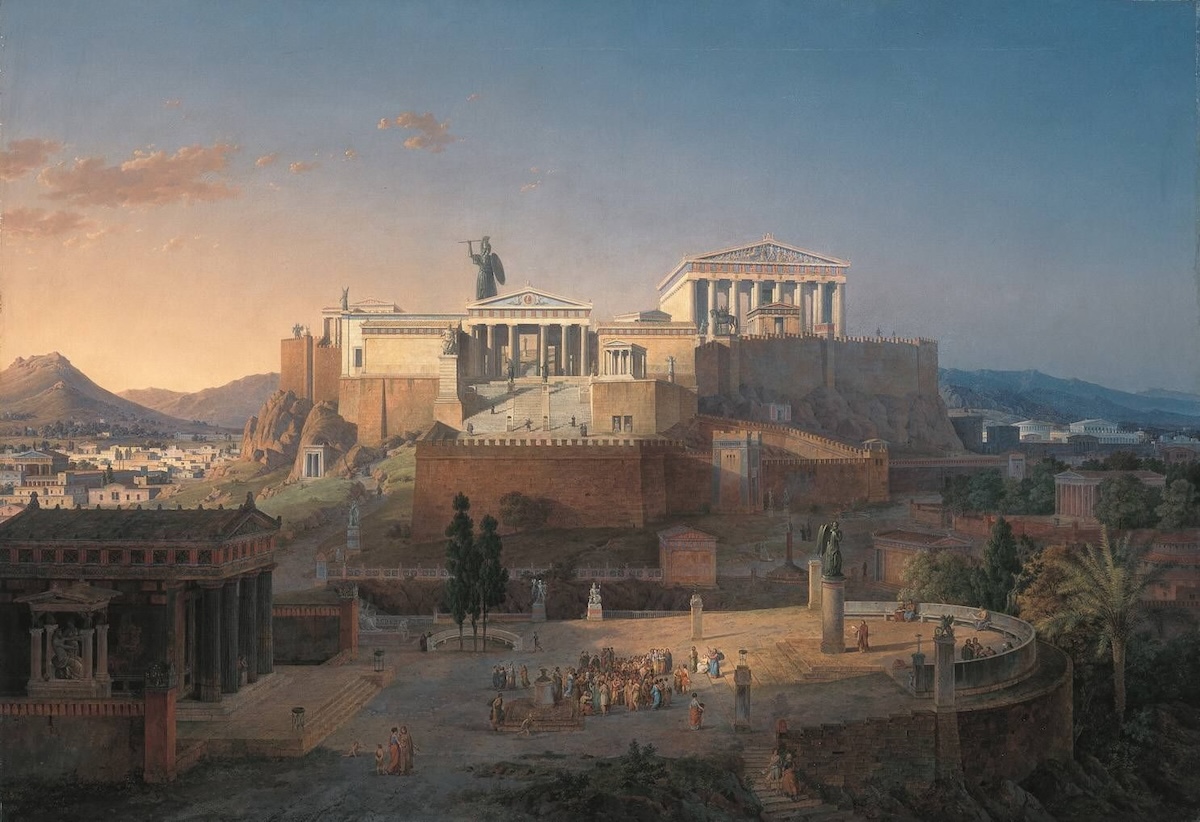History of the Acropolis
-

History of the Acropolis
Read more: History of the AcropolisGeology & Geography The Acropolis rock is part of a Late Cretaceous limestone ridge (Higgins, 29) that cuts through the Attica plateau in the northeast to the southwest axis and includes the Likavitos hill, the Philopappos (Museum) hill,…

